The importance of treatment compliance
Compliance is an important aspect of myopia control that has not been well-studied or documented. In general, compliance refers to a patient’s adherence to the treatment regimen, but also includes completion of care procedures and attendance at follow-up visits.1
Compliance can be hard to measure, and reports are often subjective. As a result, compliance information in myopia control trials is limited.1 Yet, the available evidence indicates that good compliance leads to better clinical outcomes. Longer wearing time is associated with greater efficacy of soft myopia control contact lenses,2,3 and good compliance is related to better visual acuity after orthokeratology use.4
Despite the evidence that good compliance supports greater efficacy, atropine,5 soft myopia control contact lenses,6 and orthokeratology4 all experience issues of non-compliance. One study reported that full compliance to orthokeratology treatment, including wear, care, and follow-up visits, was just 14.1%.7 In addition to impacting treatment efficacy, poor compliance with care procedures can increase the risk of side effects or adverse events associated with approaches such as contact lenses.8
Many factors influence treatment compliance. Personal beliefs and circumstances,9 parental education, and knowledge about myopia and myopia interventions are among the factors that can impact compliance. Longer treatment duration, lower baseline myopia, poorer high contrast visual acuity,6,8 the presence of side effects,10 and ocular discomfort are associated with worse compliance.6
Good compliance is key to ensuring treatment efficacy and ocular health. Education, simple instructions, frequent reminders,1 and mitigation of side effects11 boost treatment compliance. Using technology to log, track, and remind patients to comply with treatment procedures has improved the accuracy of reports and promoted treatment compliance in other conditions. Gamification is also being explored to improve compliance and encourage recruitment and retention in clinical trials.1
At Dopavision, we have developed a digital approach that aims to slow myopia progression in children and adolescents. MyopiaX was designed to achieve a medical effect while children play exciting games or use educational content and can be conveniently integrated into daily routines. Learn more on our Product page.
References
1Wolffsohn, J. S., Kollbaum, P. S., Berntsen, D. A., Atchison, D. A., Benavente, A., Bradley, A., … & Naidoo, K. (2019). IMI–Clinical myopia control trials and instrumentation report. Investigative ophthalmology & visual science, 60(3), M132-M160.
2Lam, C. S. Y., Tang, W. C., Tse, D. Y. Y., Tang, Y. Y., & To, C. H. (2014). Defocus Incorporated Soft Contact (DISC) lens slows myopia progression in Hong Kong Chinese schoolchildren: a 2-year randomised clinical trial. British Journal of Ophthalmology, 98(1), 40-45.
3Sankaridurg, P., Bakaraju, R. C., Naduvilath, T., Chen, X., Weng, R., Tilia, D., … & Ehrmann, K. (2019). Myopia control with novel central and peripheral plus contact lenses and extended depth of focus contact lenses: 2 year results from a randomised clinical trial. Ophthalmic and Physiological Optics, 39(4), 294-307.
4Chang, L. C., & Liao, L. L. (2018). Vision improvement and compliance with the use of orthokeratology lenses in school children: a sample from five primary schools in Northern Taiwan. Eye & contact lens, 44(5), 299-303.
5Dalal, D. M., & Jethani, J. (2021). Compliance in usage of low-dose atropine for prevention of progression of myopia in Indian children. Indian Journal of Ophthalmology, 69(8), 2230-2231.
6Weng, R., Naduvilath, T., Philip, K., Chen, X., & Sankaridurg, P. (2021). Exploring non-adherence to contact lens wear schedule: Subjective assessments and patient related factors in children wearing single vision and myopia control contact lenses. Contact Lens and Anterior Eye, 44(1), 94-101.
7Jun, J., Zhiwen, B., Feifu, W., Lili, L., & Fan, L. (2018). Level of compliance in orthokeratology. Eye & Contact Lens, 44(5), 330.
8Chang, L. C., Sun, C. C., & Liao, L. L. (2021). Compliance with orthokeratology care among parents of young children in Taiwan. Contact Lens and Anterior Eye, 101427.
9Wu, J. R., Moser, D. K., Chung, M. L., & Lennie, T. A. (2008). Predictors of medication adherence using a multidimensional adherence model in patients with heart failure. Journal of cardiac failure, 14(7), 603-614.
10Polling, J. R., Kok, R. G. W., Tideman, J. W. L., Meskat, B., & Klaver, C. C. W. (2016). Effectiveness study of atropine for progressive myopia in Europeans. Eye, 30(7), 998-1004.
11Klaver, C.W., Polling, J. R., & Erasmus Myopia Research Group. (2020). Myopia management in the Netherlands. Ophthalmic and Physiological Optics, 40(2), 230-240.


